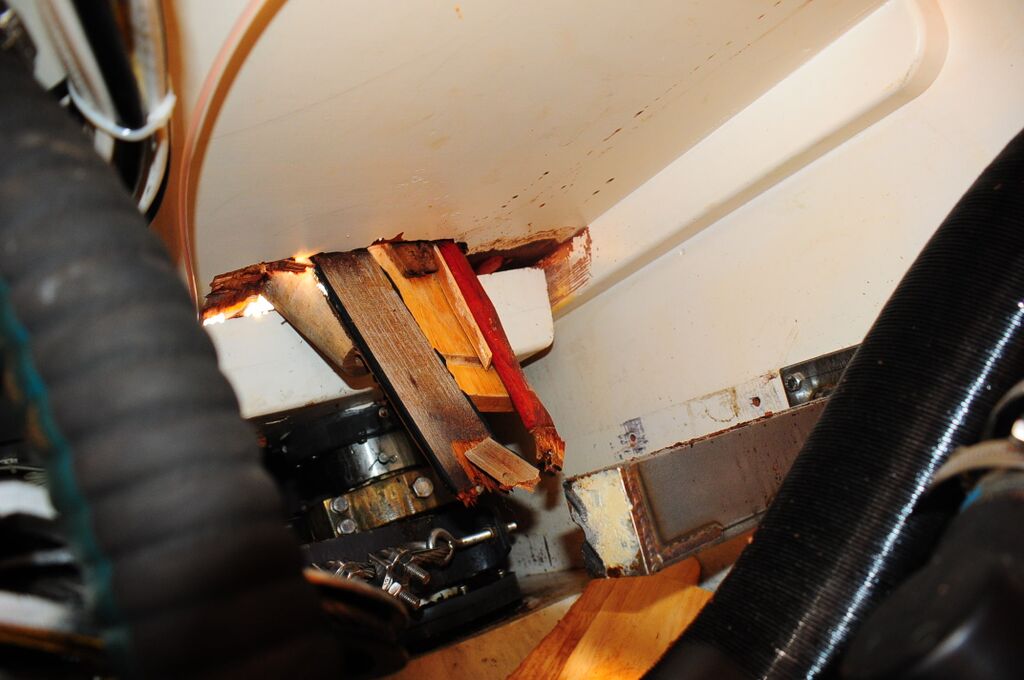Rescue at Sea (23rd in a Series)
Part 23. Restive’s Fate Because Restive immediately began taking on much more water than they had anticipated, the salvage crew “began to harvest whatever materials they needed” to try to save the boat. They also managed to get the engine started and pumped water continuously until they arrive at Fairhaven the next afternoon. “It appears,” wrote David, “the salvage crew experienced many – if not every – adverse, unpleasant and even life-threatening condition and challenge we imagined, only short of having Restive actually sink.”
Efforts to take Restive under motor to Brooklin, Maine, where she was built, failed when she began leaking significantly almost immediately. She was hauled at Jamestown Boat Yard, where a flange on top of the lower rudder bearing was discovered to have been sheared off.
Musing on the possibility of repairing Restive at sea, Dave wrote: “To fix something in an emergency, you really need three things: the right materials, a way to shape them to your needs, and a way to attach them together.

At that moment, I was looking at Restive not as a fine yacht, but as a floating lumberyard, filled with different types and shapes of wood. What I needed was something to hold the wood together, and three-inch deck screws would have been just right. But we didn't have deck screws or anything else with the requisite strength and ease of use.
“I want to follow that up with another thought. When do you start breaking stuff to save yourself or others? If we did have deck screws, who would smash the first set of drawers to get lumber? Fireman and salvage crews don't hesitate. They are there to save the house or the boat, and aren't afraid to chop through a door or rip up a teak deck to do their job.”
Restive will be back on the water next month.

